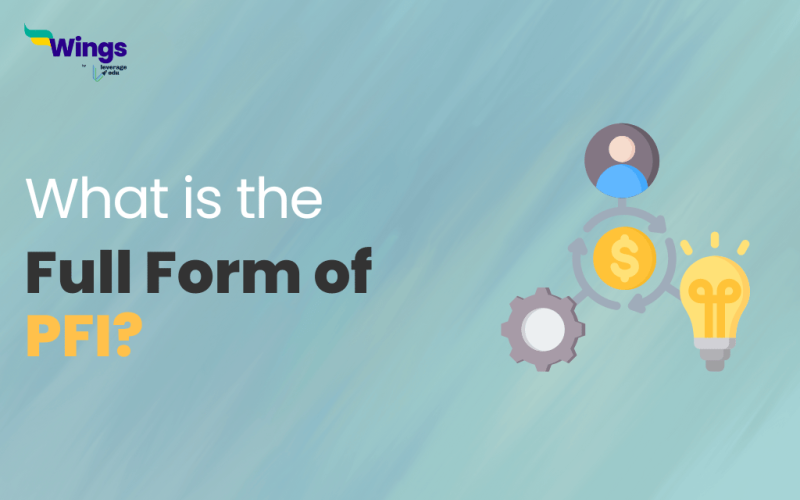The full form of PFI is the Private Finance Initiative. Governments all around the world have used this financing strategy. It is to handle the rising demand for modern infrastructure while balancing budgetary restrictions. The PFI methodology enables private sector organisations to play a significant part in financing and executing public projects. With this blog, we’ll examine the Private Finance Initiative’s fundamental principles, advantages, and implementation-related difficulties.
Understanding the PFI Model
Table of Contents
Through the Private Finance Initiative, private businesses and the government can work together to create, run, and maintain public infrastructure projects. These initiatives may involve a variety of facilities, including hospitals, schools, highways, jails, and more. PFI projects include private companies investing their money in infrastructure development. Additionally, in contrast to typical public procurement, where the government gives funding directly.
Also Read: What Can You Do With a Masters in Financial Analytics?
Key Features of PFI
1. Private Investment: Under the PFI model, private firms, often consortiums of construction companies and investors, provide the necessary funds for the infrastructure project’s development and operation.
2. Long-Term Contracts: Typically, the private sector partners and the government enter into long-term, multi-decade contracts under which the private sector partners are in charge of managing and operating the asset.
3. Payment Mechanism: The government pays private corporations on a regular basis over the course of the contract, as opposed to giving them a big sum upfront. These payments are frequently performance-based, linked to the quality of the asset and adhering to established service criteria.
Also Read: Master of Finance – Courses, Institutions and Career Scope
Benefits of PFI
1. Infrastructure Development: Many public projects that could have experienced delays or cancellations owing to budgetary restrictions under traditional procurement techniques were able to be built thanks to PFI.
2. Risk Transfer: The government can transfer some risks, like cost overruns and operational hazards, to the private sector by working with private partners.
3. Expertise and Efficiency: When building and managing infrastructure, private enterprises frequently contribute specialised knowledge, proficiency, and efficiency, assuring prompt completion and top performance.
Controversies and Criticisms
1. Cost Overruns: Due to private companies’ expectations of a return on their investment, certain PFI projects have come under fire for having greater overall costs than conventional procurement.
2. Service Quality Concerns: The public may eventually suffer as a result of the emphasis on cost-cutting, according to detractors.
3. Lack of Transparency: Concerns about accountability and transparency in public spending have been raised due to the complexity of PFI contracts and the involvement of private organisations.
It’s crucial to strike a balance between including the private sector and upholding public spending’s transparency and accountability. Policymakers must draw lessons from the past as PFI develops and make sure that the public interest stays at the centre of all infrastructure development projects.
This was all about PFI full form. Visit our Full Form Page to discover more intriguing articles about full forms. You can also check out the consolidated 300+ full forms list!
 One app for all your study abroad needs
One app for all your study abroad needs














